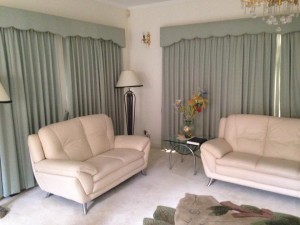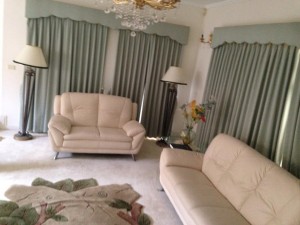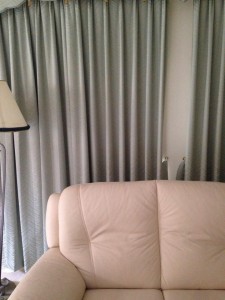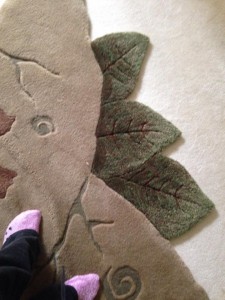Film Shoot…CHECK.
Boy did it take longer than it expected. But boy did I learnt a lot.
We started at 1pm on the dot. Here is a breakdown of the day:
1. cleared the room ( 1.00 – 1.15)
2. set up tracks (1.15 – 1.20)
3. set up Dolly (1.20 -1.25)
4. Set up tripod (1.25-1.50 – due to complications with plate)
5. Attached Crane ( 1.50 – 2.05)
6. set up lights (2.05 – 2.15)
7. discussed the breakdown of filming (2.15- 2.45)
8. shoot -> Put SD card in laptop and analyze ->shoot (2.45-5.00)
9. Pack up put equipment in car (5.00 – 5.45 )
* Firstly I was given a lighter tripod than I had ordered. However I know that I should have checked the equipment before taking it home to ensure everything was correct. Due to the lightness of the tripod our crane was causing an imbalance which was evident when watching the shots that we had filmed. However we combated this best we can, with the knowledge that we can use a warp stabilizer in post editing.
* Setting up took much longer than we had anticipated. I need to recognize how long it takes to set up each element in the shoot. This time I had only set aside 30 minutes to set up equipment. In fact, it took us approximately 1 hr to set up the equipment. I acknowledge this and take it on for future shoot schedules.
* Lighting was probably the element we experimented most with. We tried opening the curtains behind the central character so as to deepen the field (there are trees beyond the outside window), however this was a major issue with the lights as I underexposed the interior in favor of not over exposing the exterior. I then attempted to even this out using the blonde and diffusing it so that it wasn’t too harsh on the interior in a way that grossly contrasted with the natural light outside. Every which way I attempted, I was unsatisfied. We decided it best to close the curtains so as to best manipulate the interior lights. We did however open the front door which sheds light to the left of the frame, and balanced this out with the blonde place on the right side of the camera (we diffused the harshness of the light by facing it up to the wall and letting that reflection fill the room). This worked well in terms of creating a smooth balance that looked both natural and still emphasized the warm temperature I wanted.
* The room worked perfectly for what I had envisioned. The production design itself just came together so well. The couch functioned as the central point which was encased by the curtains. The frame was balanced on each side by a tall standing lamp, which accentuated the ‘homey’ atmosphere. The colour scheme worked really well to establish that atmosphere, with the range of cream, subdued green curtains etc.
*The costume choice contrasted well with the cream couch and really established the girl both within the composition of the frame and thematically in relation to the concept. I chose this particular dress because the design itself is quite childish (therefore alluding to the childishness in her). At the same time the red colour reminds me of both blood and love and adulthood (older women wear red lipstick etc). So we have this beautiful synthesis between the innocence of her childishness and the intensity of life experiences.
* In terms of the movement I decided it appropriate to do very little of it. I wanted the shot to speak for itself without having to intervene with my actions within the frame. I chose to simply look to the right of the frame whilst slightly tilting my head to the right. This had the effect of making me look like I were thinking about something. As the camera neared my face ( about a metre away) I slowly rotated my head and straightened up to look directly at the camera lens as it tracked closer and closer to me. This result was a most eerie effect as though the girl (myself) had been constantly aware of the camera’s presence but only chose to reveal it at the point which she turns to face the camera.
* With the knowledge that we were adding sound in editing we were able to verbally direct each other through the take. This was less important for me as it was for Daniel (who was panning the camera) and Mina (who was controlling the crane and track). Mina had to inform Daniel exactly when he was about to bring the camera to the eye level and Daniel had to guide Mina for the speed of the tracking shot based on his constant focus adjustments.
Currently in the post-production production… working on the warp stabilizer as the movement was not of perfect smoothness due to the heaviness of the crane. Unfortunately you cannot slow down the speed and have warp stabilization so its proving to be a bit of a challenge to get the length of the take I want. Currently trying to figure it out. Will update soon….
🙂



